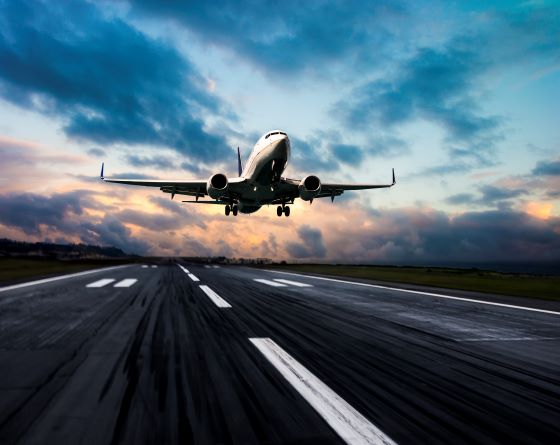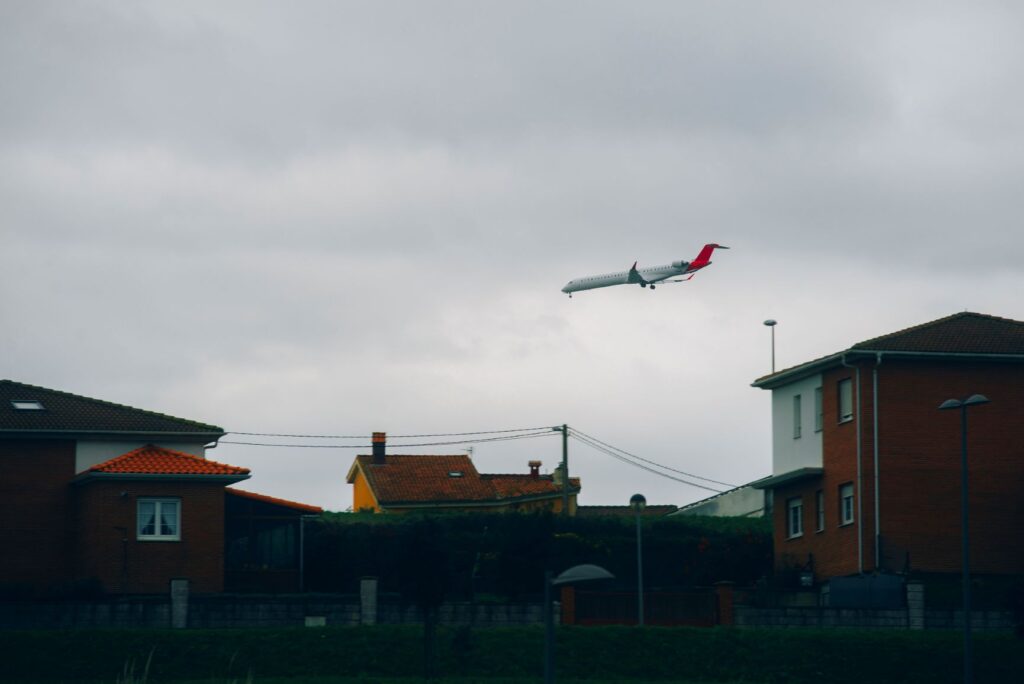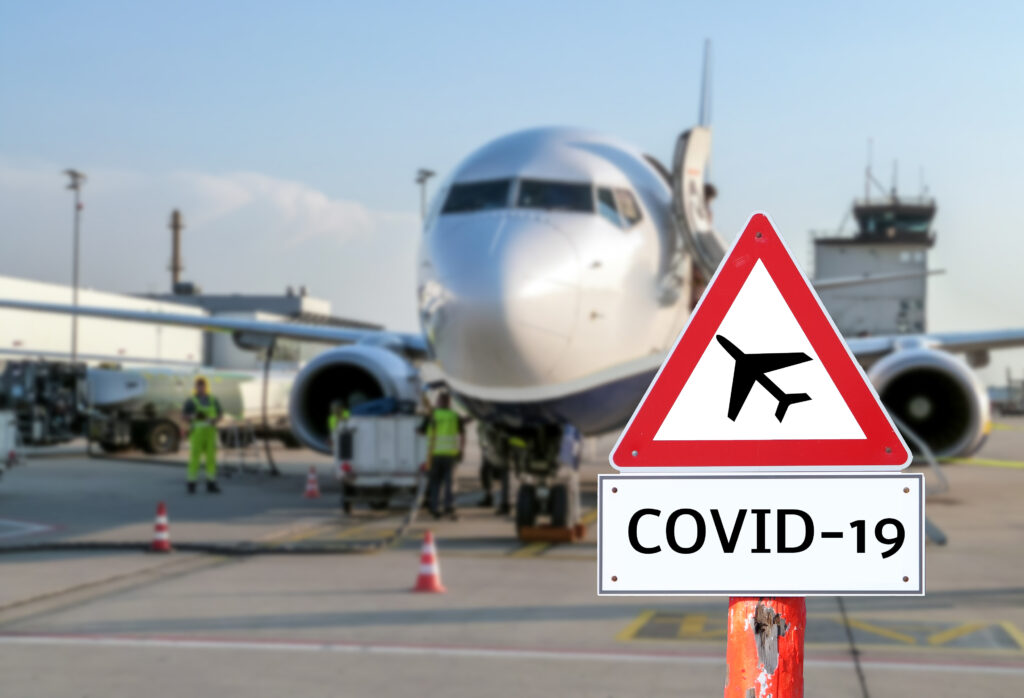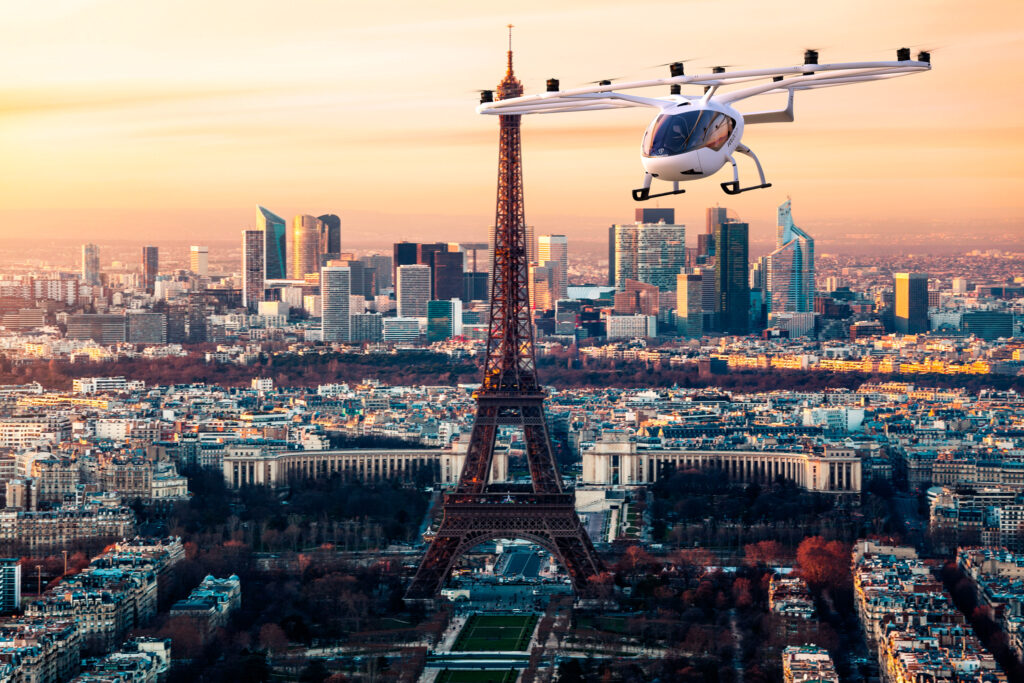How can the industry help reduce aircraft noise pollution?

Aircraft noise pollution is causing substantial damage to the health and well-being of the population worldwide. It also impacts the behavior of wildlife. What measures apply to counter the negative effects? And what role can the aviation industry play in significantly reducing the aircraft noise pollution?
Aircraft noise pollution affects health and well-being
According to a World Health Organization (WHO) study, western Europeans lose at least 1 million healthy years of life every year due to traffic-related environmental noise. The 2011 report mentions: “In addition to auditory damage, noise is a non-specific stressor that has been shown to have an adverse effect on human health, especially following long-term exposure. The burden of disease from environmental noise lies mainly in cardiovascular disease, cognitive impairment in children, sleep disturbance, tinnitus, and annoyance.” The research shows that most people suffer from sleep disturbance and annoyance. Road traffic is the main source of excessive noise. However, the report advises not to underestimate the impact of air traffic noise, particularly in the vicinity of airports.

Similarly, some environmental organizations and research institutions study the impact of aircraft noise pollution on the surrounding ecosystem. For example, a report titled “Airport noise predicts song timing of European birds” suggests that, near airports, several European bird species adjust their singing behavior to the surrounding air traffic noise. They sing significantly earlier in the morning when the environmental noise is at its lowest. This is just one of the many impacts of noise on the ecosystem. And many of them probably still require investigations.
The WHO researches suggest that human beings start experiencing negative noise pollution effects when regularly or constantly exposed to noise levels that exceed 55 decibels. The US Federal Aviation Administration estimates that a day-night average sound level (DNL) noise of 65 dBA marks the threshold of noise exposure, below which exposed areas are suitable for residential land uses. DNL is a metric that reflects a person’s cumulative exposure to sound over a 24-hour period, expressed as the noise level for the average day of the year based on annual aircraft operations.
Effective countermeasures to aircraft noise pollution
What measures should we take to address noise pollution issues? Local or regional governments can act on the infrastructure and rethink the location and configuration of new and existing airports. Airport management companies can adapt their operations. For example, they can adjust flight routes and take-off and landing activities according to the weather and time of the day. However, it is the aircraft manufacturers themselves who can take the most effective countermeasures.
These countermeasures should not only address the problem of environmental noise pollution. They should also consider creating a better, more comfortable acoustic environment for the passengers inside the aircraft. In the blog post Aircraft Cabin Comfort is important—and we know it! we had discussed the necessity of improving aircraft cabin comfort and the tools to achieve this.
In consequence, how can aviation engineering teams efficiently troubleshoot noise issues? How can they develop quieter aircraft design without compromising their weight and performance objectives? And how can they realize substantial aircraft noise reduction?
Siemens has issued a white paper titled “Reduce aircraft noise” that considers innovative techniques to tackle and suppress noise issues. It explains how to:
- Meet the target noise objectives for fly-over noise according to governmental regulations
- Facilitate in-flight operational acoustic measurements that deliver maximal insights into the acoustic behavior
- Optimize the aircraft cabin comfort by engineering sound design
- Quickly and accurately pinpoint the origin of irritating noises
- Act on the root cause of acoustic problems and their transfer paths to lower sound levels
- Select appropriate noise-damping materials and parts
The impact of the pandemic and the future outlook
Aircraft operations dropped down to as little as 20% of the regular operations at the peak of the pandemic. With this, the world experienced a huge decrease in environmental noise pollution. But what comes next? As airlines start resuming operations, has noise pollution reached its pre-COVID level again? And what’s the outlook for the future?

Harris Miller Miller & Hanson, a U.S.-based consulting company, has published an interesting blog post, sharing the first findings of an analysis of the impact of the pandemic on airport noise. To the question Will we see permanent noise reduction from the COVID-19 pandemic?, the author answers that, while noise levels are gradually rising to their pre-COVID status around most airports, there is a positive effect of fleet upgrades during the pandemic. During the pandemic, airlines have retired a lot of older aircraft. With a newer fleet in the air, noise per flight drops from an average of just over 86dB to just under 83dB. In the longer term, having a fleet of newer airplanes significantly helps to achieve noise reduction.
Next challenge: urban air mobility
Efficient aircraft acoustic engineering is the single most effective countermeasure to reduce aircraft noise pollution. And its importance will only increase with the advent of the next-generation aircraft.
Urban air mobility is the new rising trend. It will offer travelers and commuters alike the opportunity to take short-haul city-to-city or city-to-airport flights. In an urban environment that is already saturated with high traffic noise levels, it is of utmost importance that those urban flights operate as quietly as possible.

This is how Volocopter, a German-based company operating air taxis, defines the challenge of acoustic engineering for urban air mobility: “The next key design driver for any urban air taxi is the noise signature. One of the reasons that helicopter flights over many cities are strictly limited today is because of the “noise pollution” that they cause. If air taxis are to be accepted by the people living and working in the cities they fly in, they will need to be designed and operated in a way that strictly limits the noise level audible on the ground. Plus, the generated noise should be subjectively non-disturbing. Certain frequencies are perceived as more disturbing than others, regardless of the actual decibel levels of the noise.” (Source: Volocopter white paper)
Indeed, we couldn’t say it better. To Siemens, designing a pleasant sound signature counts as much as decreasing excessive noise levels. And we commit to offering the tools and technologies that will help the industry meet those sound objectives.
For more information about Siemens technologies, read the white paper: Realize substantial aircraft noise reduction.
Share your opinion! Let us know in the comments below how you feel about aircraft noise pollution. What are, in your view, the most effective countermeasures?


